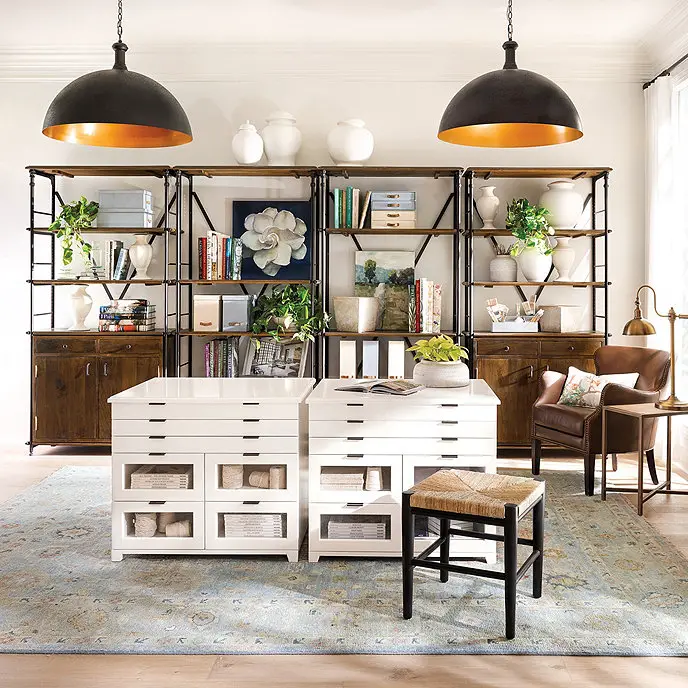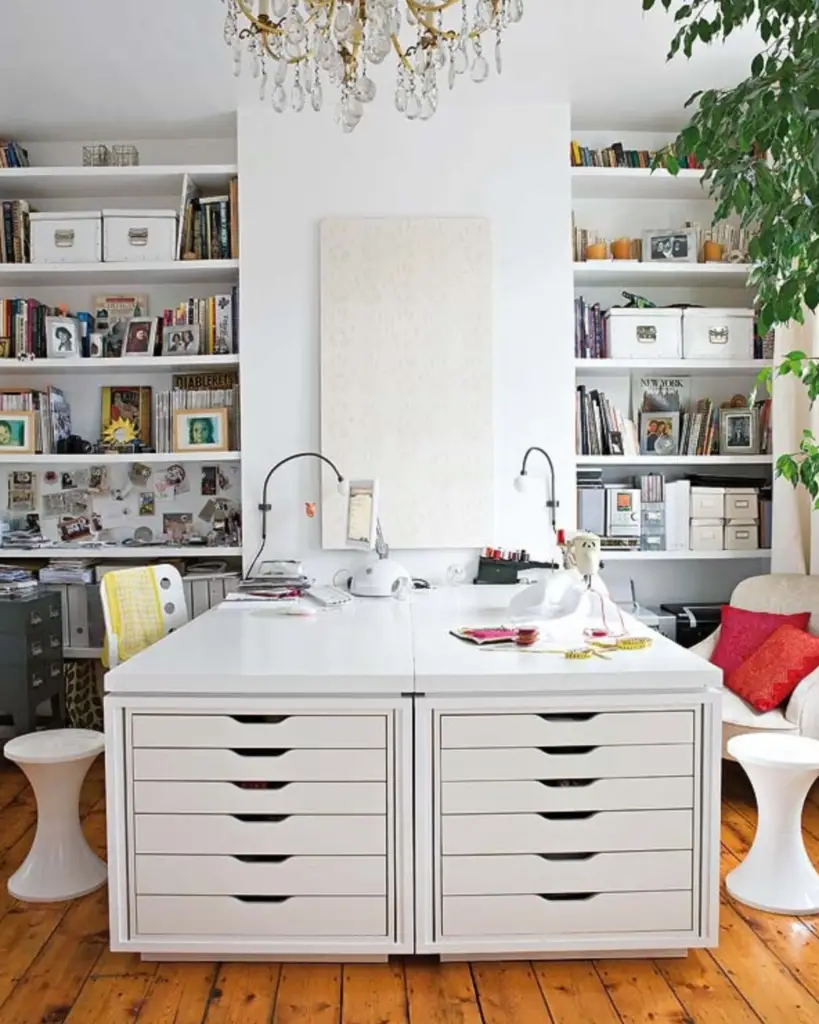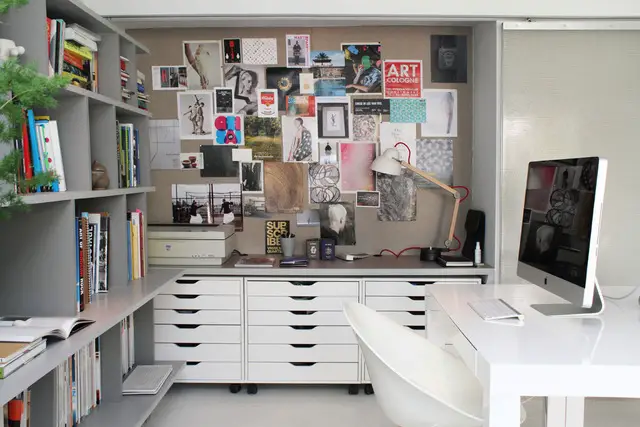Creating an artist studio can be an exciting and fulfilling endeavor. Here are some steps to guide you in to create an artist studio:
Create An Artist Studio
- First, Define Your Space:
- Choose a space that suits your artistic needs. It could be a spare room, a garage, a basement, or a dedicated corner in a larger room.
- Consider factors like natural light, ventilation, and space for your art supplies.

- Organize and Plan:
- Plan the layout of your studio. Arrange furniture and art supplies in a way that maximizes efficiency and creativity.
- Invest in storage solutions to keep your supplies organized. Shelving, cabinets, and drawers can help keep everything in its place.

- Select Art Supplies:
- Gather the art materials you need for your preferred medium. This might include paints, brushes, canvases, sketchpads, pencils, and any other tools specific to your art form.
- Set Up Workstations:
- Create dedicated workstations for different aspects of your art. For example, have a painting station, a drawing station, and a workstation for any digital art if applicable.

- Lighting:
- Ensure good lighting in your studio. Natural light is ideal, but if that’s not possible, invest in quality artificial lighting. Adjustable lamps and track lighting can be useful for focusing light on specific areas.
- Comfortable Seating:
- If your art involves long periods of sitting, invest in a comfortable chair or stool. This is important for maintaining your comfort and focus during creative sessions.
- Inspiration Board:
- Create an inspiration board or wall with images, quotes, and samples of your work or other artists’ work. This can help fuel your creativity.

- Ventilation:
- Ensure proper ventilation, especially if you’re working with materials that produce fumes, such as certain paints or chemicals. This is crucial for your health and safety.
- Personalize Your Space:
- Add personal touches to make the studio feel like your own creative haven. Decorate with artwork, plants, or other items that inspire you.
- Tech and Connectivity:
- If your art involves digital elements, ensure you have the necessary technology and connectivity. This may include a computer, tablet, and a reliable internet connection if you need online resources.
- Consider Storage for Finished Pieces:
- Plan for storage space for your finished artworks. This can include portfolios, frames, or other protective measures.
- Safety Measures:
- Be aware of safety precautions, especially if you’re using tools or materials that could pose a risk. Have a first aid kit handy.
Lastly, your artist studio is a personal space that should cater to your creative process. Tailor it to your specific needs and preferences, and don’t be afraid to experiment with the setup until it feels just right for you. Need more inspiration? Check out this studio tour!
























